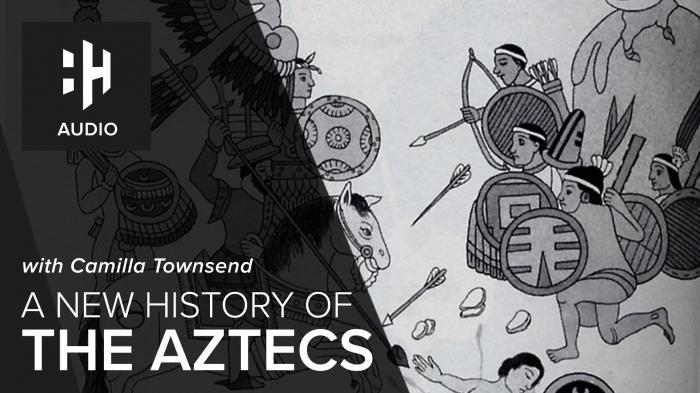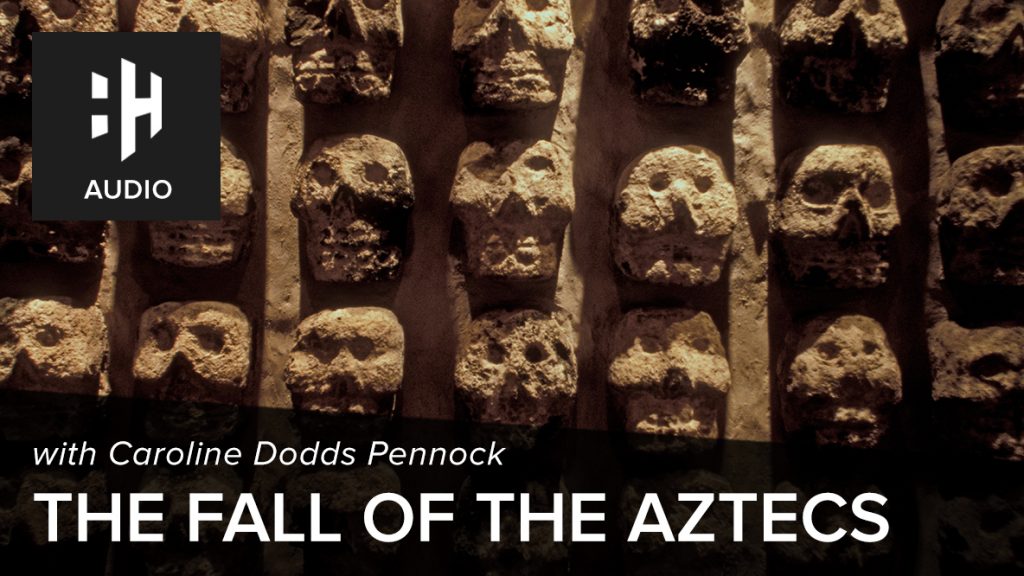The Aztec Empire was one of the most famous and mighty civilisations of pre-Colombian Americas. Between 1300 and 1521, it covered some 200,000 square kilometres and controlled some 371 city states across 38 provinces at its height. The result was a vast number of disparate city states that encompassed various customs, religions and laws.
In general, Aztec Emperors left the ruling of the city-states well alone, so long as they each paid him their tribute that was due. However, this loosely-connected alliance between city states did share a common Emperor and overlapping heritage, meaning that laws were similar though not identical throughout the empire. As a result, jurisdiction varied from city to city.
Furthermore, as a fairly nomadic people, a system of prisons was impossible, meaning that crime and punishment had to evolve in a totally different way. As a result, punishments were harsh, with rule-breakers suffering fates such as strangulation and burning.
There was a strictly hierarchical system of rule
Like a monarchy, the Aztec government was headed by the leader known as ‘Huey Tlatoani’, who was believed to be divinely appointed and could channel the will of the gods. The second in command was the Cihuacoatl, who was in charge of running the government on a daily basis. Working for him were thousands of officials and civil servants.
Priests also played an important role, offering religious guidance alongside law enforcement, while judges ran the court system and military leaders organised warfare, campaigns and army training.
Surprisingly however, when it came to law, religion was less of a factor than in most of Aztec daily life. Practicality played a larger role.
Most crime was dealt with locally

A tzompantli, or skull rack, as shown in the post-Conquest Ramirez Codex. Skull racks were used for the public display of human skulls, typically those of war captives or other sacrificial victims.
Image Credit: Wikimedia Commons
Those who had committed a crime were normally tried in a local court, where senior warriors in the area were the judges. If it was a more serious crime, it would be tried in the capital city of Tenochtitlan in the ‘teccalco’ court.
For the most serious crimes, such as those involving nobles, who were supposed to set an example, the Emperor’s Palace was sometimes used. For these crimes, the Emperor himself would occasionally be the judge.
That much of Aztec crime and punishment jurisdiction was swift and local made the system surprisingly efficient, which, in the absence of a system of prisons, was necessary and effective.
Many crimes warranted the death sentence
Punishment was severe for a range of crimes. Homicide, perjury, rape, abortion, highway robbery, moving boundary markers, serious defamation of character, destruction of crops, selling stolen property, weight and measure fraud, witchcraft, incest, official graft, pederasty, inciting a public disturbance, sedition, treason, desertion or insubordination by soldiers, use of the emperor’s insignia and serious judicial misconduct all resulted in death.
Theft was a particularly serious crime. Offences which warranted the death penalty included theft from merchants, theft from a temple, theft of arms or military insignia, and theft of more than 20 ears of corn. Petty theft was generally punished through restitution. However, if the thief wasn’t able to pay for the stolen item, they became the victim’s slave.
Adultery was punishable by death, both for the guilty couple and those who were aware of the offence and failed to report it. There was, as ever, a double standard – men were punished only if they had relations with a married woman, whereas married women were considered guilty regardless of the circumstances of the marital status of their lovers.
Public drunkenness was punishable by death for younger people. However, elders over 70 were permitted to consume as much alcohol as they wished without consequence.
Punishments were gruesomely creative

Human sacrifice as shown in the Codex Magliabechiano, Folio 70. Heart-extraction was viewed as a means of liberating the Istli and reuniting it with the Sun: the victim’s transformed heart flies Sun-ward on a trail of blood.
Image Credit: Wikimedia Commons
Punishments were often severe. Since there were no prisons, and no torture, the death penalty was a common punishment. The condemned criminal could be taken to the local temple altar and put to death, strangled or even stoned on the spot upon the pronouncement of the sentence.
The nobles, who were supposed to set a positive example, were often punished more harshly. Equally, for first offences or less severe crimes, punishments might include having your home demolished or your head shaved.
Equally, there were many crimes which were not considered to be particularly serious. In these cases, the perpetrator would have to pay back the victim. For example, if there was a fight, the person who started it might have to pay the medical costs. Slavery was often a common punishment, and exile, though rare, was also implemented.
Hard and fast laws developed later
Though many punishments were decided by groups of city warriors or elders in a local court, a common rule of law was most extensively developed in the city-state of Texcoco under its ruler Nezahualcoyotl (1402-1472). It was legalistic, in that its cases were tried by particular types of evidence which disregarded the social status of those involved.
The law consisted of 80 written laws that called for severe, publicly administered punishments, which in turn created a legal framework of social control.
 Listen Now
Listen NowChildren could be sentenced to death
Children under the age of ten were considered to be legally unable to commit criminal acts. However, they were still expected to respect and obey their parents, and if they failed to do so, their parents could bring them before the court. The court could order punishments such as beatings, disinheritance, or even death, especially in cases where the children assaulted their parents.
It was even harsher for children of nobility, who could be sentenced to death for being disrespectful, cowardly or wasteful.
Prisoners of war were treated viciously
The Aztecs also had lots of creative ways of killing prisoners of war. Though they were treated as ritual sacrifices, they were already captives which suggests that there was a clear punishment element to their treatment as well.
One of the most grisly forms of murder was to slowly cook the prisoner in a bonfire. The condemned would be thrust in and out of the fire repeatedly until they were nearly dead. Then, their still-beating heart would be cut out of their chest.
A simpler approach was to lay the prisoner on a sacrificial stone, cut open their chest with an obsidian blade, then pull out their heart.

A depiction of the heart being cut out as part of Aztec human sacrifice.
Image Credit: Wikimedia Commons
Captured warriors were often revered by the Aztecs and were therefore given a soldier’s death. Some would be tied to a rock then given a flattened club to defend themselves against an Aztec fighter, who would be armed with a similar weapon but with a sharpened edge. Similarly, they might be chained by their ankle to a platform and made to fight. If the captive warrior won, they were often given their freedom.
The Aztecs also employed the used of a type of firing squad. The condemned would be tied in a standing position between two posts, and a white spot would be painted onto the point where their heart was. Archers would then shoot arrows into every part of the body except for the heart and head, which they saved until last.
Female victims had a different and more curious experience. They would be treated as goddesses before being beheaded later.
 Listen Now
Listen Now















